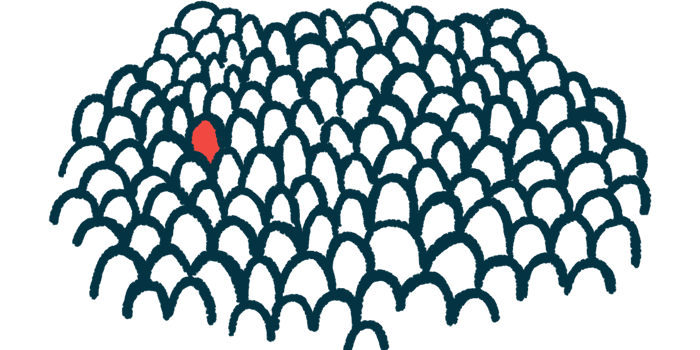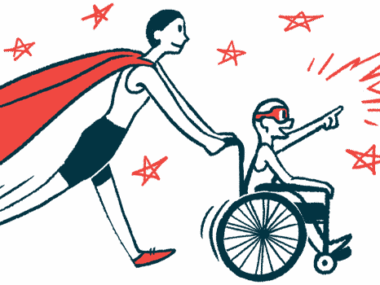More Than 1,200 People with SMA Live in Italy, Study Shows
Types 2 and 3 most common; majority treated with Spinraza
Written by |

There are more than 1,200 people with spinal muscular atrophy (SMA) living in Italy, and the vast majority are on disease-modifying treatment, according to a new study.
SMA types 2 and 3 are the most common forms of the disease in the country, but the prevalence of type 1 is higher than that reported in natural history studies, reflecting the increased survival of these patients with the introduction of treatments.
“Our results establish for the first time the national prevalence of SMA also subdivided according to types, in the era of disease modifying therapies,” the researchers wrote. “Our nationwide registry will allow to monitor changes over time and to capture the evolving scenario due to changes in the drug labels and to a wider distribution of neonatal screening.”
The study, “Prevalence of Spinal Muscular Atrophy in the Era of Disease-Modifying Therapies: An Italian Nationwide Survey,” was published in Neurology. The work was partly funded by Biogen, which markets Spinraza (nusinersen), through the company’s financial support of the Italian SMA registry.
SMA is a rare genetic disorder that affects roughly eight out of every 10,000 live births. However, the prevalence of the disease has been reported to vary in different locations.
Here, researchers conducted a survey of 36 centers in Italy identified by the country’s government as referral centers for SMA. Their aim was to assess the total number of patients in the country, as well as to assess patterns of treatment.
Across the 36 centers, there were a total of 1,255 people diagnosed with 5q SMA — the most common form of the disease, encompassing types 0, 1, 2, 3, and 4. Considering the overall population of Italy, that means the prevalence of SMA in the country is approximately 2.12 out of 100,000 inhabitants. There were also 16 presymptomatic newborn patients who had not yet developed any symptoms of SMA.
Among these patients, 604 were adults and 651 were children. For those with a documented type, there were 284 with type 1 disease, 470 with type 2, 467 with type 3, 15 with type 4, and three with type 0.
The vast majority (85%) of the patients were on disease-modifying treatment. Generally, treatment rates were highest among patients with more severe forms of SMA: nearly 96% of type 1 patients were on treatment either with approved SMA therapies or with experimental therapies on clinical trials, compared with about 85% of those with type 2 and 79% of those with type 3.
The most common type of treatment was Spinraza, which was the first treatment for SMA to be approved and was the only one available for most patients at the time the survey was conducted.
The researchers concluded these findings “provide for the first time an estimate of the prevalence of SMA at the national level and the current distribution of patients treated with the available therapeutical options. These data provide a baseline [starting point] to assess future changes in relation to the evolving therapeutical scenario.”






